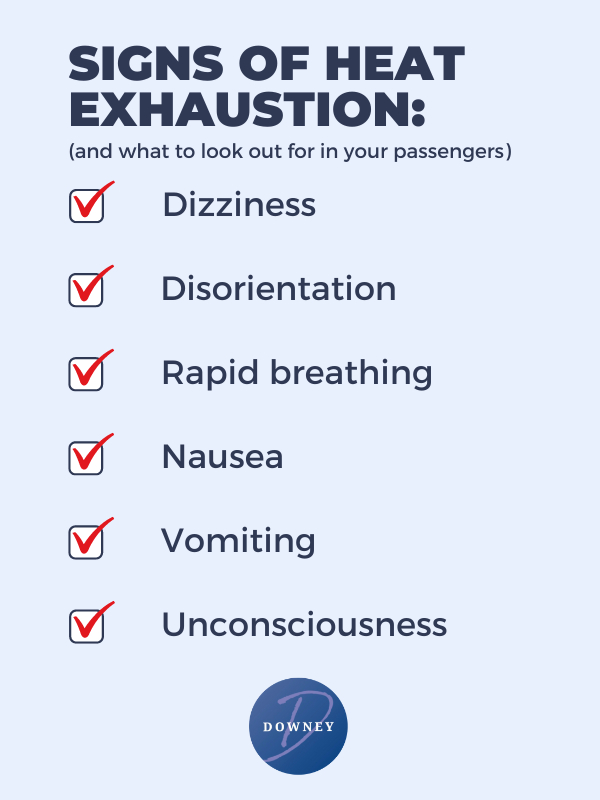
Auto Care and Road Safety in Extreme Heat
Do you ever wonder if extreme weather conditions affect auto performance?
The short answer is yes. Both cold and hot temperatures are harsh on the vehicle as well as the driver. Taking extra precautions can mean the difference between a smooth trip or one rattled with bumps.
There’s not much we can do to eliminate hot days or heat waves during the summer, but we can take steps to prepare ourselves and our vehicles for road safety. Scheduled auto maintenance is suggested to keep any car performing in tip-top auto shape. Want more confidence in tackling the summer heat?
Prepare you and your vehicle for extreme heat by:
1. Check the vehicle’s tire pressure.
Hotter days combined with cooler nights cause a constant fluctuation in a tire’s air pressure. When temperatures rise, it affects the temperatures of the roads which ultimately impacts a vehicle’s tires. The air pressure increases and the tire soon become overinflated. This is now a road hazard as an overinflated tire can lead to a blowout or other auto roadside emergency.
2. Keep under the hood and the vehicle’s interior cool.
The normal operating temperature of an auto engine is 195 to 200℉. Extreme temperatures put additional strain on the vehicle, increasing the odds it could overheat or break down.
Pay close mind to the temperature gauge and ensure that maintenance is always current. Check the levels of all fluids, namely the coolant to prevent the engine from overheating, and address any auto issues immediately. Is your air-conditioning (A/C) working correctly? Do you need a new cabin filter? A quick recharge or replacement could help to improve the quality of airflow.
To keep the vehicle’s interior cool while not in use, try parking in shaded areas or invest in an auto shade to reduce the absorption of the sun’s rays. The interior can increase by 30℉ in the course of 1-hour with partially cracked windows doing little to offset the dramatic increase in temperature. No animal or living being should be left in a parked vehicle during the hotter months.
3. Prepare an emergency auto kit.
In addition to your spare tire and standard roadside kit, it’s wise to take extra precautions when the seasons change from cool to hot. This is because the risks of driving in the summer slightly differ from those prone in the winter months. Blowouts and heat exhaustion are just two.
Make sure there’s always a tire gauge on hand. Checking your tire pressure periodically will help prevent the possibility of a blowout on the road. Remember, a tire’s air pressure increases during the hotter months so the PSI should be on the low end when parked—36 PSI for most tires. Another key item to carry is a set of jumper cables. Hotter temperatures put a strain on a vehicle’s battery as well and being stranded in extreme heat is dangerous. Protect your vehicle and yourself.
Pack a cooler filled with cold drinking water. Hydration in extreme heat. If you begin to feel too hot or the interior becomes unbearable, pull over and allow time for a cool down. If you notice your engine starts to steam or smoke, you should call for roadside assistance.
Looking for a DIY fix? Once the engine has cooled down, add a little coolant or water.
Maintaining the auto care of your vehicle is just as important as being aware of your immediate surroundings on the road. Pay attention to how you’re feeling physically. Take note of how consistent the auto performance of your vehicle is. Driving in extreme heat isn’t a no-go zone. Hotter weather just calls for additional measures. This is especially true when it comes to operating an electric vehicle.
Both hot and cold temperatures can reduce the charge of an e-battery by as much as 40%. Whether your vehicle is manual, automatic, or electric you can avoid delays in transportation by planning ahead to account for any possible heat-related auto mishaps. Increased temperatures present increased road risks for drivers. Try adding an additional layer of safety with comprehensive and/or collision insurance.
Contact us today and learn how we can help you beat the heat.

